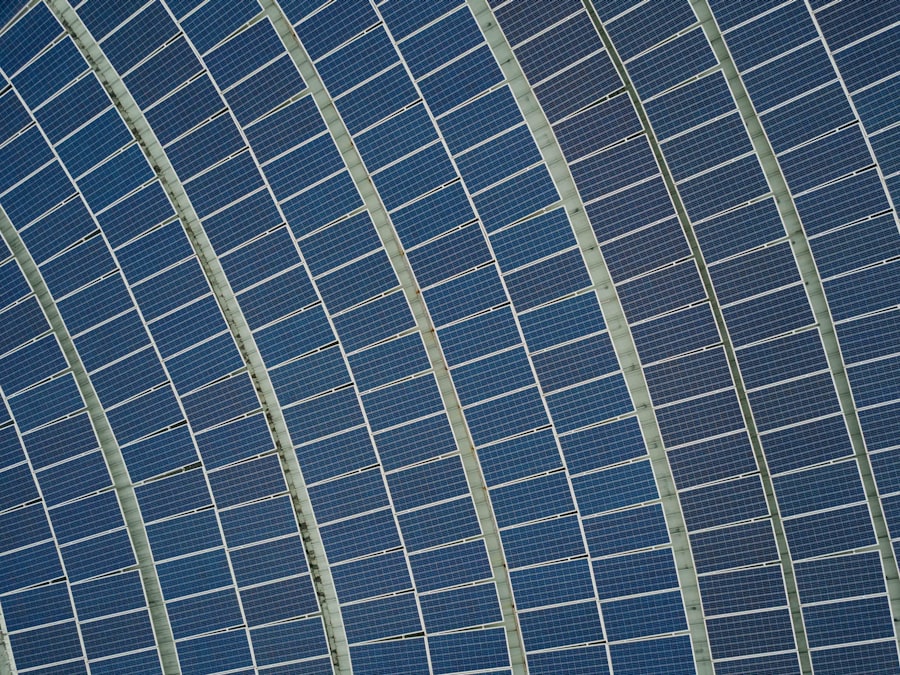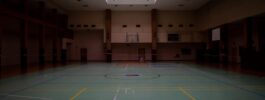Sound attenuation refers to the reduction of sound intensity as it travels through a medium or encounters obstacles. This phenomenon is crucial in various environments, particularly in residential and commercial spaces where noise control is essential for comfort and productivity. The principles of sound attenuation are rooted in physics, where sound waves lose energy due to absorption, reflection, and diffraction.
The materials through which sound travels play a significant role in determining how much sound is attenuated. For instance, soft materials like carpets and curtains absorb sound effectively, while hard surfaces such as concrete and glass tend to reflect sound waves, leading to increased noise levels. In practical terms, sound attenuation can be quantified using decibels (dB), a logarithmic unit that measures sound intensity.
A reduction of 10 dB is perceived as halving the loudness of a sound. Various factors influence sound attenuation, including frequency, distance from the source, and the characteristics of the environment. Low-frequency sounds, such as those produced by heavy machinery or bass music, are particularly challenging to attenuate due to their longer wavelengths.
Conversely, high-frequency sounds, like those from a whistle or a bird chirping, are more easily absorbed by soft materials. Understanding these dynamics is essential for designing spaces that prioritize acoustic comfort.
Importance of Return Air Grille in Sound Attenuation
Return air grilles play a pivotal role in the overall acoustic performance of HVAC systems. These grilles facilitate the return of air from occupied spaces back to the heating or cooling unit, ensuring efficient airflow and temperature regulation. However, their design and placement can significantly impact sound transmission within a building.
A poorly designed return air grille can act as a conduit for noise, allowing sounds from one room to travel into another, thereby compromising privacy and comfort. The importance of return air grilles in sound attenuation extends beyond mere functionality; they can be engineered specifically to minimize noise transfer. Acoustic grilles are designed with features such as sound-absorbing materials and strategically placed baffles that disrupt sound waves.
By incorporating these elements, return air grilles can effectively reduce the transmission of airborne noise between rooms. For example, in a multi-family dwelling, the use of acoustic return air grilles can help maintain a peaceful environment by preventing sounds from neighboring units from infiltrating living spaces.
Choosing the Right Return Air Grille for Maximum Sound Attenuation

Selecting the appropriate return air grille is crucial for achieving optimal sound attenuation. Various factors must be considered during this process, including the grille’s material, design, and size. Metal grilles, while durable and aesthetically pleasing, often do not provide adequate sound absorption compared to those made from composite or acoustic materials.
Acoustic grilles are specifically engineered to reduce noise transmission and are often lined with sound-absorbing foam or other materials that enhance their performance. The design of the grille also plays a significant role in its effectiveness at attenuating sound. Grilles with adjustable louvers can help direct airflow while minimizing noise transfer.
Additionally, the size of the grille should be appropriate for the space it serves; an undersized grille may restrict airflow and create pressure imbalances that exacerbate noise issues. It is also essential to consider the placement of the grille within the room. Positioning it away from noise sources and ensuring it is not directly aligned with walls can further enhance its ability to reduce sound transmission.
Installation Techniques for Maximizing Sound Attenuation
| Technique | Sound Attenuation Level | Cost |
|---|---|---|
| Double Stud Wall | High | Medium |
| Resilient Channel | Medium | Low |
| Soundproof Drywall | High | High |
| Acoustic Insulation | High | Medium |
Proper installation techniques are vital for maximizing the sound attenuation capabilities of return air grilles. One key aspect is ensuring that the grille is securely mounted to prevent any gaps that could allow sound leakage. Sealing around the edges with acoustic caulk can help eliminate potential pathways for noise to travel through walls or ceilings.
Additionally, it is important to consider the alignment of ductwork connected to the grille; any bends or turns in the duct system should be designed to minimize turbulence, which can generate additional noise. Another effective installation technique involves using isolation mounts or pads when securing the grille to the wall or ceiling. These mounts can absorb vibrations and prevent them from transferring through the structure, thereby reducing noise levels.
Furthermore, when installing multiple grilles in close proximity, it is advisable to stagger their placement rather than aligning them directly next to each other. This arrangement can help disrupt sound paths and enhance overall acoustic performance.
Maintenance Tips for Ensuring Optimal Sound Attenuation
Regular maintenance is essential for ensuring that return air grilles continue to perform effectively in terms of sound attenuation. Dust and debris can accumulate within the grille and ductwork over time, leading to reduced airflow and increased noise levels. It is advisable to clean grilles periodically using a vacuum or damp cloth to remove any buildup that could obstruct airflow or contribute to noise generation.
In addition to cleaning, inspecting the integrity of the grille and surrounding structures is crucial. Look for signs of wear or damage that could compromise its acoustic properties. If any gaps or cracks are found around the edges of the grille, they should be sealed promptly with acoustic caulk to prevent sound leakage.
Furthermore, checking the ductwork for any loose connections or obstructions can help maintain optimal airflow and minimize noise transmission throughout the system.
Other Factors to Consider for Enhanced Sound Attenuation

Beyond return air grilles and their installation, several other factors contribute to enhanced sound attenuation within a space. The choice of building materials plays a significant role; for instance, using insulated walls and double-glazed windows can significantly reduce external noise intrusion. Additionally, incorporating acoustic panels or ceiling tiles designed for sound absorption can further enhance a room’s acoustic performance.
Furniture placement also impacts sound attenuation; strategically positioning large pieces such as bookshelves or upholstered sofas against walls can help absorb sound waves and reduce echo within a room. Soft furnishings like rugs and curtains can also contribute to improved acoustics by absorbing high-frequency sounds that would otherwise bounce off hard surfaces. Finally, considering the layout of spaces within a building can aid in minimizing noise transfer.
For example, placing quieter areas such as bedrooms away from noisy environments like living rooms or kitchens can create a more peaceful atmosphere. By taking a holistic approach that encompasses all these factors, one can achieve an environment that prioritizes both comfort and acoustic quality.


















